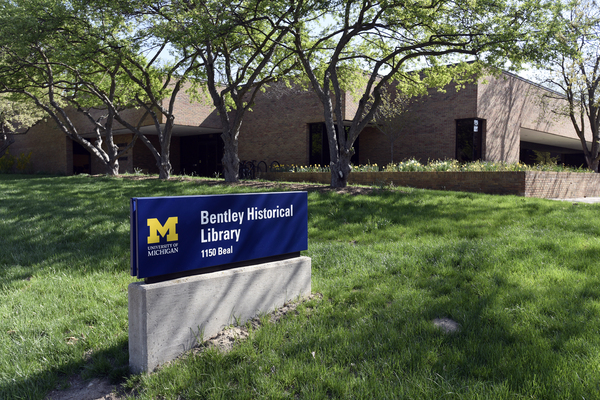University of Michigan office overseeing institutional development and fundraising activities. Includes miscellaneous brochures, directories, newsletters, organizational charts, reports, and statistics of the Vice-President for Development and the Office of University Relations and Development; also includes brochures and newsletters from the various financial campaigns such as the Campaign for Michigan-A Heritage for Leadership, the Annual Giving Program, and the Campaign for Michigan.
The University of Michigan. Vice President for Development Publications (5 linear feet) include annual reports, brochures, directories, ephemera including flyers, invitations, posters, and programs, histories, manuals, newsletters, and reports. These publications are divided into three series: Unit Publications, Sub-Unit Publications, and Major Campaign Publications. The bulk of the publications document the day-to-day activities of the Development Office. Researchers will also find publications detailing the Development Council, the Michigan Alumni Fund, Office of Trusts and Bequests, the Presidential Societies, and major capital campaigns, including the $55 Million Program to Ensure the Vital Margin, a Heritage of Leadership: Campaign for Michigan, the Campaign for Michigan, and the Michigan Difference.
